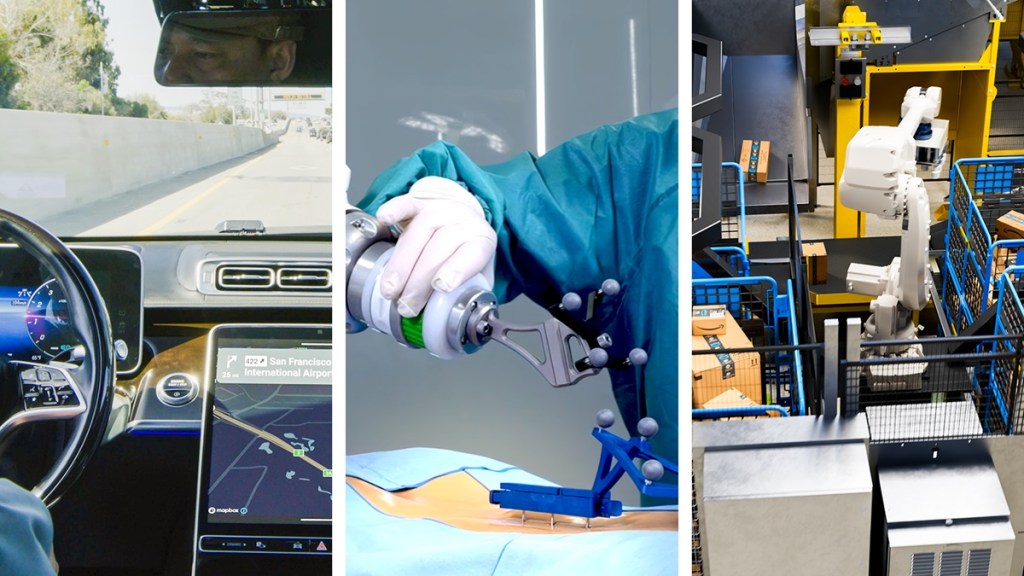Nvidia Accelerates Humanoid Robotics Innovation with Cloud Technology
Nvidia is making significant strides in humanoid robotics technology, accelerating the development of advanced humanoid robots through its innovative Blackwell systems. This rapid progress is setting the stage for a new era in robotics.
Advancements in Humanoid Robotics
Nvidia’s commitment to enhancing humanoid robotics is evident as the company focuses on providing cutting-edge technology solutions. The Blackwell systems are designed to optimize performance and efficiency, paving the way for more sophisticated robotic capabilities.
What are Blackwell Systems?
The Blackwell systems are a series of powerful computing platforms that are tailored specifically for robotics applications. Here are some key features:
- High-performance computing: Enables robots to process complex algorithms quickly.
- Energy efficiency: Designed to minimize power consumption while maximizing output.
- Versatile applications: Suitable for various humanoid robot functions, from household assistance to industrial tasks.
The Future of Humanoid Robots
The ongoing advancements in humanoid robotics are not just about speed but also about enhancing the intelligence and adaptability of robots. Nvidia’s technology aims to create robots that can learn and interact more naturally with humans.
Key Benefits of Humanoid Robotics
- Improved human-robot interaction: Robots can understand and respond to human commands more effectively.
- Increased efficiency: Humanoid robots can take on repetitive tasks, freeing humans for more complex work.
- 24/7 availability: Robots can work continuously without the need for breaks or rest.
As Nvidia continues to innovate in the realm of humanoid robotics, the implications for various industries are profound. To learn more about their initiatives and technology, visit Nvidia Research for in-depth insights.
The future of humanoid robots holds exciting possibilities. Stay updated with the latest developments in this field by following industry news and trends.







